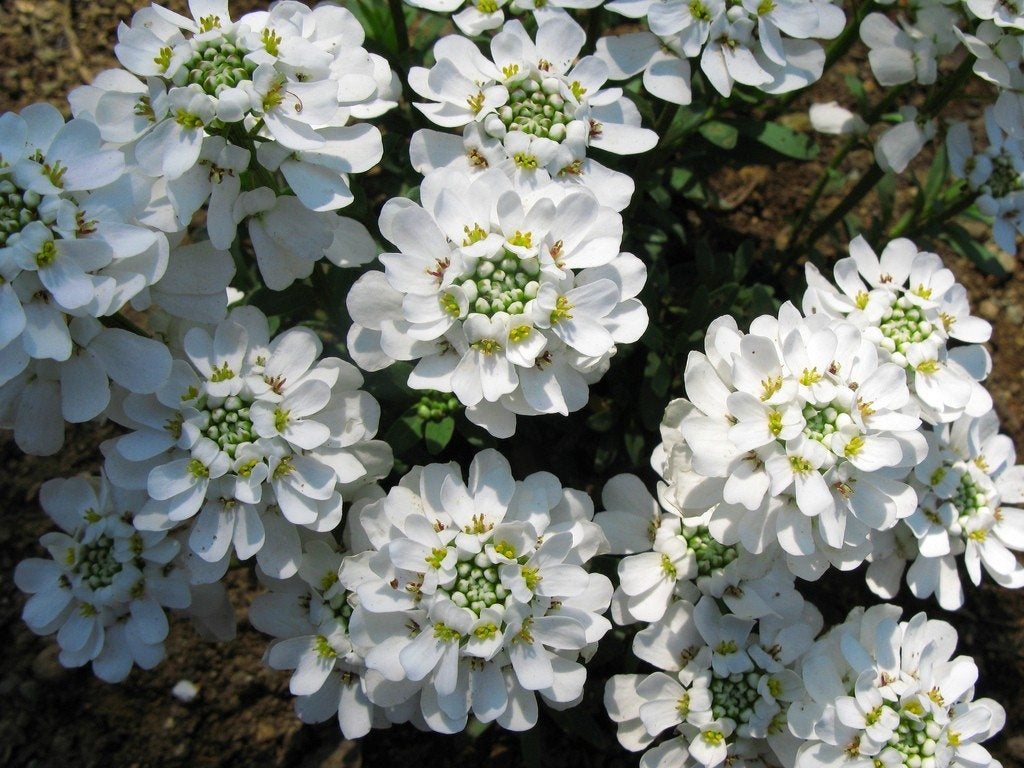Growing Candytuft: The Candytuft Flower In Your Garden
Candytuft plants are pretty flowering, evergreen perennials that enjoy alkaline soil and look lovely spilling over a wall or draping from a hanging basket.


The candytuft plant (Iberis sempervirens) is a European native that has adapted well to most USDA zones. The 12 to 18 inch (31-46 cm.) beauty is a flowering, evergreen perennial with just a few requirements for appropriate care and continued performance.
How to Grow Candytuft
Candytuft care involves planting in well draining, alkaline soil in a sunny location as the candytuft plant won't grow in shade or overly damp soil. Acidic soil may need amendments such as lime to produce the candytuft plant.
Growing candytuft is worth the effort as the delicate flowers appear in early spring through summer, often reblooming in fall. The candytuft flower is usually white, but some cultivars have pink or lilac blooms. This plant does well in gravelly soil, making it a perfect small specimen for a sunny rock garden or border planting.
Once blooms of the candytuft flower are spent, cut the entire candytuft plant back to ground level to avoid woodiness of the stems. This should be done at least every other year to prevent this short, blooming beauty from becoming too tall with spindly growth.
The candytuft plant is actually a woody plant, but is most attractive when treated as an herbaceous perennial.
Growing candytuft from seeds or cuttings is a money-saving way to have more of the aesthetically pleasing plants. Sow seeds of the candytuft flower directly into flower beds when soil has warmed to about 70 degrees F. (21 C.).
Softwood cuttings of existing plants propagate easily during midsummer for more candytuft flowers to plant in your gardens or to share with friends.
Sign up for the Gardening Know How newsletter today and receive a free copy of our e-book "How to Grow Delicious Tomatoes".
Uses for Candytuft Plant
Botanically known as Iberis semperiverns, masses of striking blooms appear on the well-kept candytuft flower. The white candytuft flower is compatible with a range of tall, blooming annuals and perennials and is the perfect height to cover tall, bloomless stems of flowers such as zinnia, cosmos, and evening primrose.
Candytuft flowers are handy for covering up declining foliage of early spring blooming bulbs. Candytuft flowers look lovely spilling over a wall or draping from a hanging basket. It's so pretty you may want to give it a prominent spot in your summer garden.

Becca Badgett was a regular contributor to Gardening Know How for ten years. Co-author of the book How to Grow an EMERGENCY Garden, Becca specializes in succulent and cactus gardening.